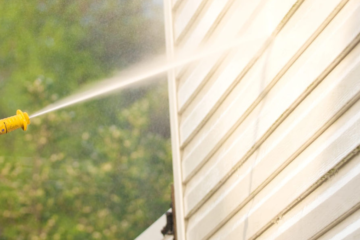We find leaky plumbing a lot, and studies have shown that up 14% of the average bill is due to leaks.
If your water consumption is high or you feel that you are using a large amount of water, check for leaks
To use your water meter to detect leaks, turn off all water fixtures and appliances and make sure that no one is using water. Record the meter reading and return in two to three hours to check for movement.
If the meter reading has changed, you may have a leak. Another method is that many meters have a small red gear shaped indicator on the meter face designed to detect even small leaks. If this red indicator is moving when you have all water off inside and outside your house, you may have a leak.
One significant source of leaks is a leaky toilet. Leaking toilets cause more water waste than any other fixture in the home. Toilets can waste large amounts of water without being noticed.
A silent toilet leak will waste 30 to 500 gallons per day. To check for a leak in the toilet, put several drops of food coloring into your toilet tank. Do not flush for 30 minutes. If colored water appears in your bowl during that time, you have a leak that should be repaired.
source: http://www.cityofnewport.com/
Here is a short video with some great tips in identifying and locating costly and wasteful supply line leaks.


0 Comments